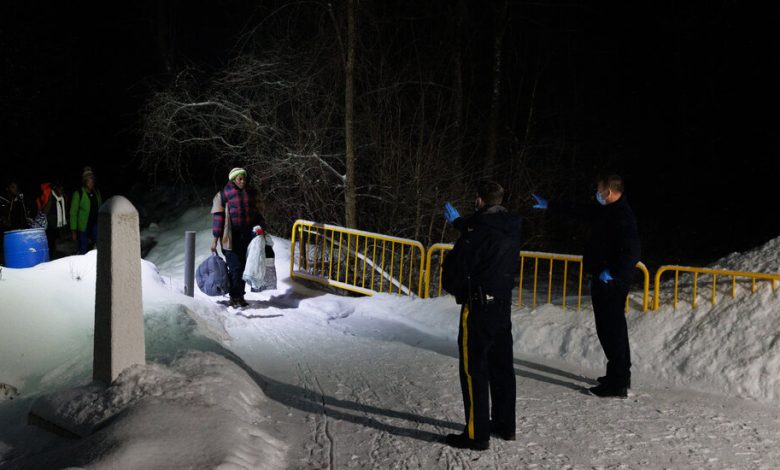Canada Hits Record Population Growth Through Immigration

For the first time in its history, Canada grew by over 1 million people last year and most of them were newcomers, signaling that the federal government’s ambitious goal of boosting immigration to fill labor shortages is within reach.
Canada’s population growth rate of 2.7 percent in 2022 put it among the world’s 20 fastest growing nations, a list largely dominated by African countries, according to a new report by Statistics Canada, the census agency.
The growth comes as the federal government makes a push to address its labor shortage and manage a wave of retiring baby boomers by raising its 2025 immigration targets almost 25 percent.
It also comes as the country grapples with a surge of asylum seekers arriving at its border with the United States, a topic that will be high on the agenda when President Joe Biden arrives in Canada’s capital Thursday for a two-day series of meetings with Prime Minister Justin Trudeau of Canada.
Canada enjoys widespread support for immigration and public “attitudes are extremely positive,” said Victoria Esses, the director of the Centre for Research on Migration and Ethnic Relations at Western University in London, Ontario.
“The minister has done a great job of talking up the issue of how much we need immigrants in order to fill skill shortages, and labor market and for population growth,” she said. “That’s impactful and people take that to heart.’’
Still, Canada’s embrace of migrants is calibrated by rules that to varying degrees allows the country to be selective about who it admits.
Most newcomers settle in Canada through its various economic immigration programs, which require them to apply and meet eligibility criteria that values higher education and skilled work.
In November, Sean Fraser, Canada’s immigration minister, unveiled the government’s plan to welcome about 1.5 million newcomers over three years, starting in 2023.
Last year, Canada added over 437,000 immigrants and another 608,000 nonpermanent residents, such as refugees and those on study or work permits, the census agency said in its report, published on Wednesday. It said the Russian invasion of Ukraine was one of the factors driving a net increase in each province of nonpermanent residents.
The government has approved close to 617,000 temporary resident applications through a special program to accommodate Ukrainians fleeing the war, and more than 133,000 of them have arrived in Canada. On Wednesday, Mr. Fraser announced that Canada would be extending the program and pushing back the deadline for accessing federally-funded temporary housing, settlement services, and income support.
But as Canadians contend with house prices and monthly rents that strain even affluent budgets, some are questioning how much the government’s rosy outlook on immigration is taking into account the other supports those newcomers will need, particularly for housing. Ontario, Canada’s most populous province, has responded with a plan to encroach on environmentally-protected land near Toronto to build new homes, with the premier endorsing the plan as necessary to house a future wave of immigrants.
Lofty real estate prices, and the government’s plans to resettle immigrants in communities facing acute labor shortages, may divert some newcomers away from Canada’s largest cities, including Toronto, Montreal and Vancouver, to more rural areas.
Migration will be a major theme during President Biden’s first official visit to Ottawa this week. Prime Minister Justin Trudeau has said his government has been working toward changes to an agreement that binds Canada to accept refugees at unofficial crossing points, as the country sees a surge of asylum seekers in Quebec.
